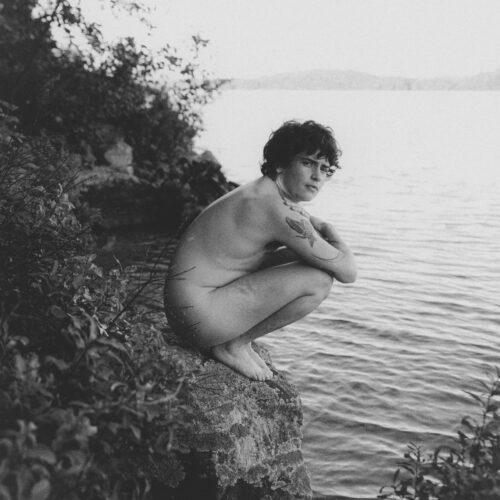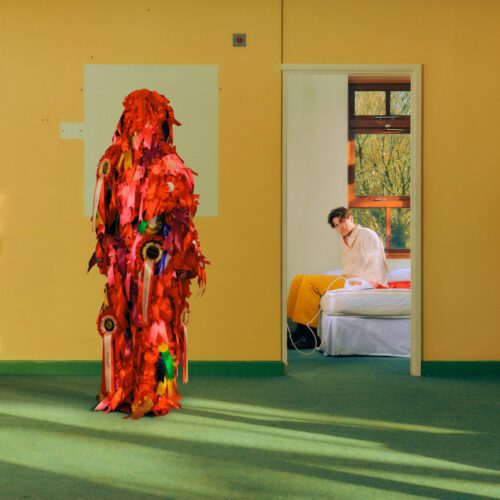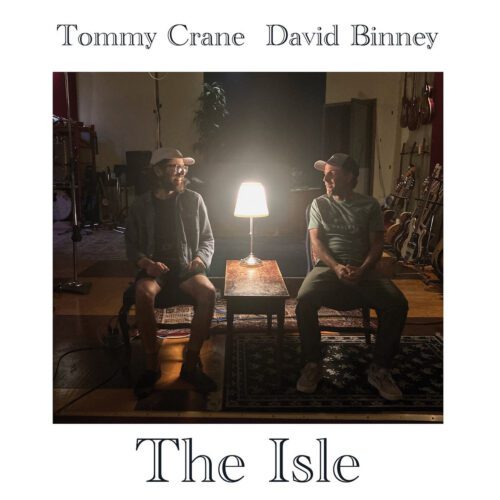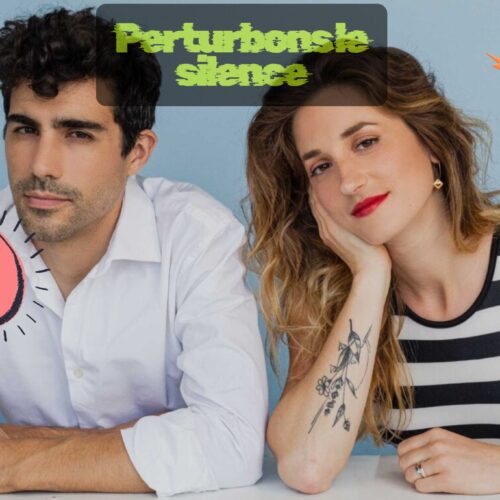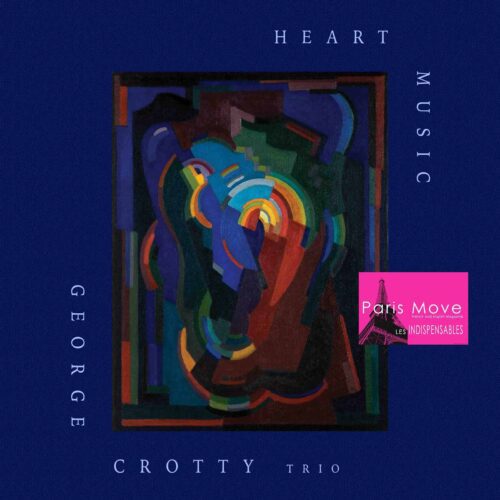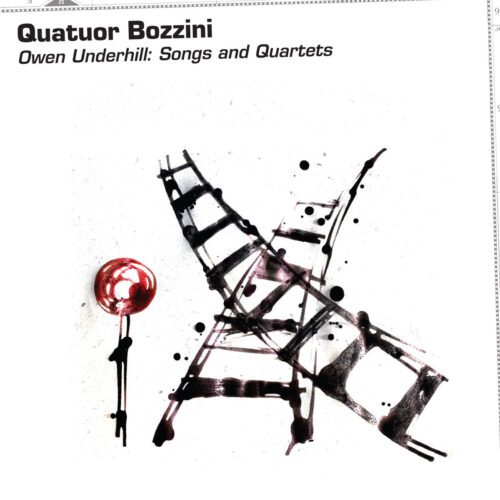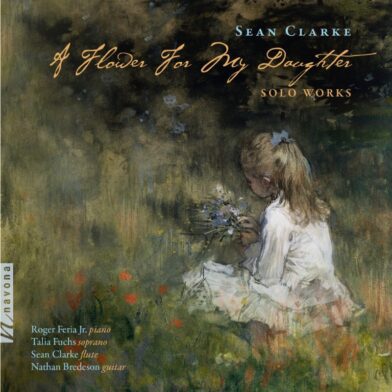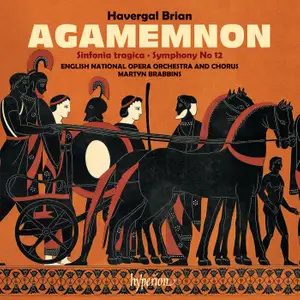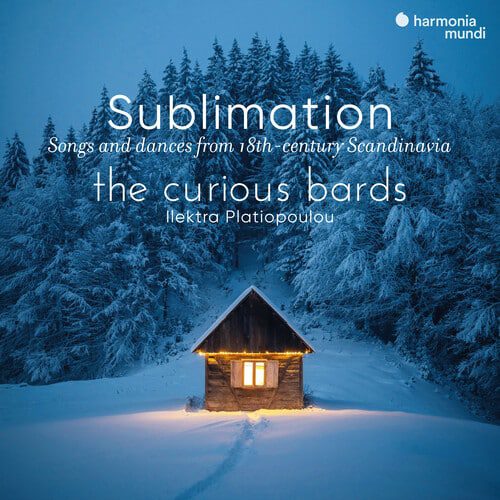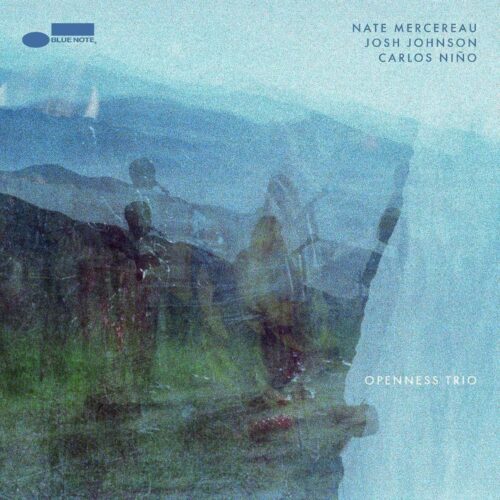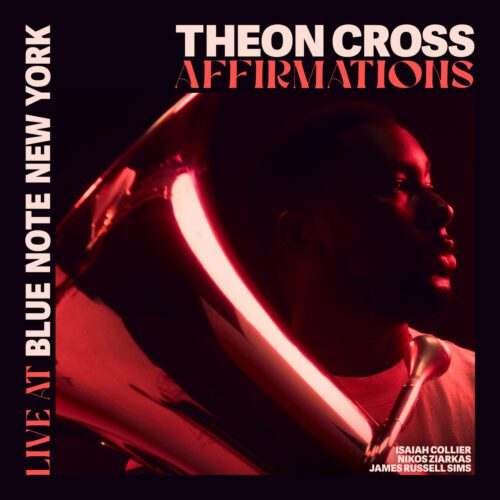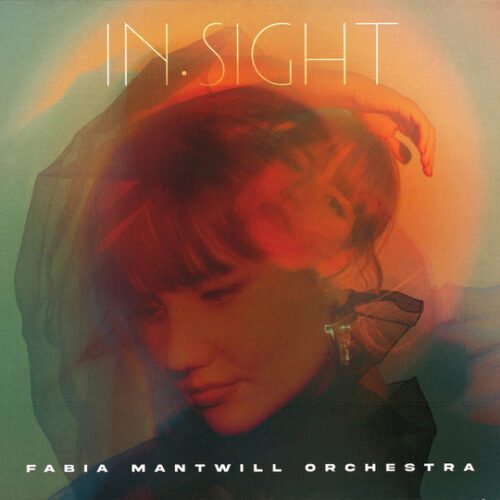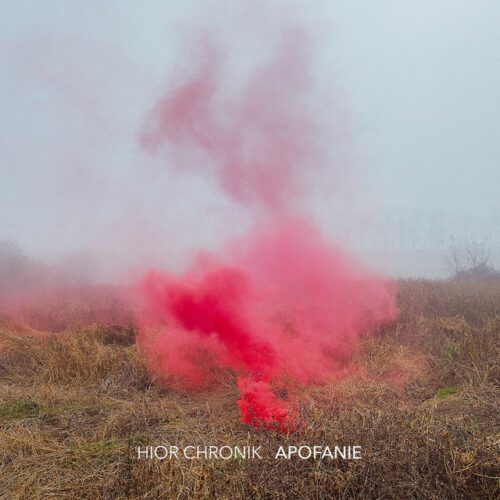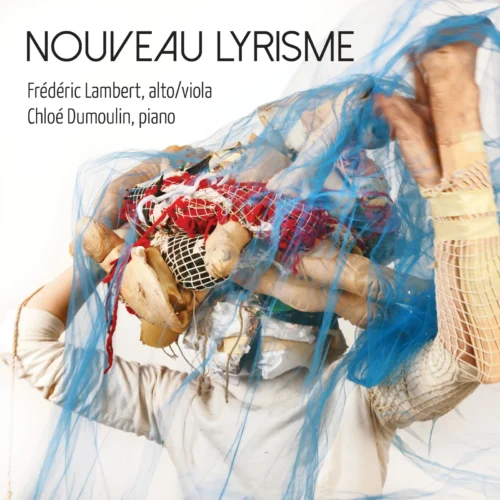Blurring Time is an intimate opus, a kind of documentary/creation of 9 songs mainly inspired by the artist’s transition, filled with benevolence and gentleness. This recording by Bells Larsen follows Good Grief, released in 2022, and her EP If I was I am.
Starting with the recording of the high voice and completed with the low voice after the transition and the testosterone intake, the whole results in an amalgam of the different versions of the artist, his “former self” and his “present self”, which answer each other and unite in a duet that will never exist other than on the album. It’s a moment in time when past and present intermingle, both vocally and lyrically, on the ephemeral line of change, in this case separating male and female physicality – although this binarity has little to do with it.
Musically, I like to imagine that if The Shins and the Soko of I thought I was an alien got together, they’d come up with something in the same galaxy.
Through nine indie-folk songs with subtle arrangements, a choice calculated to let the very intimate voices shine, we chronologically experience this mutation. With the artist, we go through his hopes and doubts about change in all its forms, and about what he leaves behind in the process, always with a beautiful sense of freedom.
Graham Ereaux’s refined direction leaves plenty of room for the story.
The sunny, nostalgic acoustic guitar of Blurring Time opens the doors to the album, delving into the subject of a relationship that has coexisted with each of the artist’s identities. The interesting texture of the pedal steel lends a beautiful dimension to 514-415 and Questions, where we also find a trumpet-synth arrangement adding an epic, victorious aspect to the hypnotic guitar ritornello. Delicate piano arrangements are also featured on Calme Incertain and 143, the two French songs on the album, as well as on Might, my favorite with its beautifully arranged progression. Composured Veneer and My Brother and Me, meanwhile, bring a little more heaviness and stand out for their more alternative influences. The contrast between the wonder of the new and the resurgence of the old is skilfully expressed on The Way the wind blows, notably by the voice of the past caught up by the voice of the present, with the double score of intersecting guitars underlining this relationship.
In short, an album with a comforting, luminous feel, coupled with an innovative, even novel concept. This melodious, improbable duo marks out this period of change until the next, since these changes are continuous and, after all, “We’re ships passing in the night, sailing under different skies”.
A very original, beautiful way to say goodbye and welcome.
